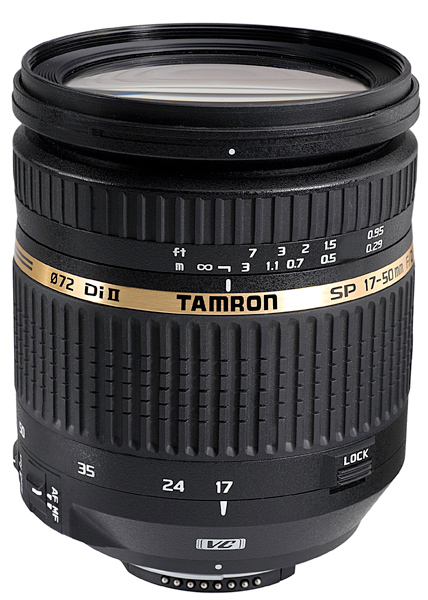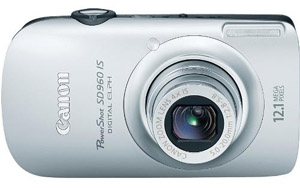Eee, guess I didn’t stick to my end-of-semester resolution to start posting like a madman to keep up with all the news I missed. Maybe I’ll have a bit of free time and a sudden rush of creativity.
But some news items that may be of interest to readers of this blog:
Spring 2009 Digital Photography Decal
Regular class: Thursdays 5-7pm, 293 Cory
New more advanced class: Thursdays 7-9pm, 293 Cory
Mandatory intro meeting: Thursday 2009 January 29 6pm, 293 Cory (email if you can’t make it)
I’ll be teaching my Digital Photo Decal class once again. It’s now running into its fourth semester, and as always there are a handful of tweaks and changes. I’ll be reverting to a format similar to the second version of this class taught in Spring 2008 – both the photo review and lecture parts will be combined into one big two hour block that I’ll teach, rather than splitting up into a big lecture + multiple smaller discussions led by others. Hopefully I’ll get to know the students a lot better than I did last semester, and I think I’ll also be able to offer a much more technical (rather than aesthetic or artistic) analysis of the students’ photos, which is probably one of the unique things about this course that students won’t get elsewhere.
In addition, I’m also adding a new course, which I’ve titled “Advanced Applications” (the old “Advanced” course is retitled “Advanced Theory”). It’s meant as sort of the next step beyond the original course, and will be much more student-driven. The format’s partially based on an E24 freshman seminar I took with Professor Jeffrey Bokor, where each week the lecture will be a student presentation on a topic of their choosing. E24 was all about consumer electronics technology (guess what type of device I did my presentation on? =D). So what we end up learning/discussing will largely depend on the students, but we’ll definitely end up covering topics such as cataloging/processing workflow, usage of ultrawide lenses, image equivalency across formats.
Anyhow, the regular (“Advanced Theory”) class will be held Thursdays 5-7pm in 293 Cory. The new, more advanced class will be Thursdays 7-9pm in 293 Cory (I’ll play around with the format – this may end up finishing by 8:30 most nights). If you’re interested, shoot me an email, or otherwise come to the mandatory introductory meeting on Thursday 2009 January 29 at 6pm in 293 Cory.
Applications for the Daily Californian photo department
With every semester comes a bit of turnover, so the Daily Cal does in fact hire for the spring semester as well. You can find the application page for the Daily Cal at http://apply.dailycal.org/
For any of you even mildly interested in improving your photography, I’d highly recommend applying to join the Daily Cal. If nothing else, it’s a fantastic opportunity to get yourself out there shooting on a regular basis, which is really the best and only way to improve. In addition, working for a paper, you end up getting sent out on assignment to cover events or subjects you’d never hear or think of (like, admittedly, 2008 election night results party and aftermath), or never have access to (like getting close enough to touch Natalie Portman!), which in the long run will help you build a much more diverse and photogenic portfolio than if you spend your days choosing your own photo adventures and end up with hundreds of street photography hoboes, portraits of friends, and various travel landscapes.
You also get a chance to use some of the higher end equipment (big telephotos, fast sports bodies, and flashes) that most people probably wouldn’t get a chance to play around with otherwise. Most of all, it’s a great place to meet other photographers, many of whom are superbly talented, knowledgeable, and willing to teach.
The recruitment meeting for Spring 2009 will be taking place this Friday at 4pm on the 6th floor in Eshleman Hall (that building on Lower Sproul Plaza that has “DAILY CALIFORNIAN” on the windows. http://apply.dailycal.org/recruitment.php
The application for editorial positions (photogs, writers, designers, etc.) can be found here: http://apply.dailycal.org/applications/Spring2009EditorialApplication.pdf
You’ll basically need a cover letter, resume, and some sample photos for the application, which is due the second Friday of classes (January 30th).
 If size doesn’t matter and your budget reaches up to $500 or so, your best bet is a basic DSLR camera that provides superb image quality and quick response times that simply blow away anything you can find on a small-sensor compact or bridge camera, especially in low-light situations. While more advanced photographers appreciate them for their interchangeable lenses and manual controls, all of them still have fully automatic modes for simple point-and-shoot use.
If size doesn’t matter and your budget reaches up to $500 or so, your best bet is a basic DSLR camera that provides superb image quality and quick response times that simply blow away anything you can find on a small-sensor compact or bridge camera, especially in low-light situations. While more advanced photographers appreciate them for their interchangeable lenses and manual controls, all of them still have fully automatic modes for simple point-and-shoot use. For years, Canon’s iconic SD line has been the quintessential ultracompact point and shoot, and their popularity has good reason: they deliver solid image quality, decent featureset, no-frills point-and-shoot control, and aren’t overly expensive. The SD3500 is one of the better featured packages available, providing a 5x lens with extremely versatile 24mm wide-angle (perfect for taking photos indoors and getting everything in the frame), 720p HD video resolution, and the increasingly common image stabilized lens.
For years, Canon’s iconic SD line has been the quintessential ultracompact point and shoot, and their popularity has good reason: they deliver solid image quality, decent featureset, no-frills point-and-shoot control, and aren’t overly expensive. The SD3500 is one of the better featured packages available, providing a 5x lens with extremely versatile 24mm wide-angle (perfect for taking photos indoors and getting everything in the frame), 720p HD video resolution, and the increasingly common image stabilized lens.
 A plethora of Canon, Panasonic, and Fujifilm cameras rule the roost in the ultracompact category, all roaming around the $300 range. For a little less than $300, Canon’s SD960 puts together the best combination of image quality and features, with a 28mm wide-angle, image stabilization, and even 1280×720 (720p) video capability.
A plethora of Canon, Panasonic, and Fujifilm cameras rule the roost in the ultracompact category, all roaming around the $300 range. For a little less than $300, Canon’s SD960 puts together the best combination of image quality and features, with a 28mm wide-angle, image stabilization, and even 1280×720 (720p) video capability.


